Advertisement
‘It’s not fair’: T riders sound off on service woes
Resume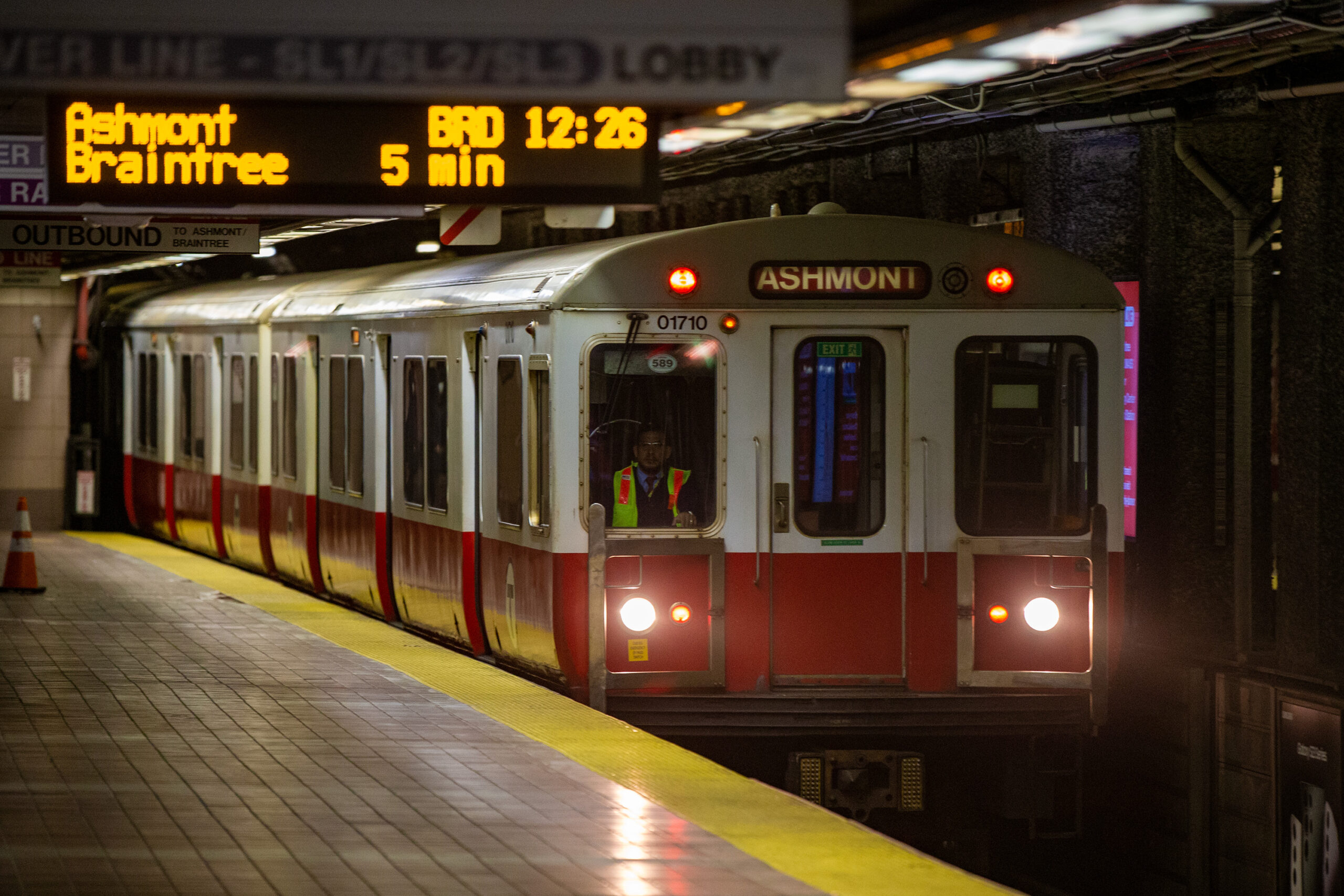
Buy a car. Leave home an hour early. Hope the boss will understand. These are just some of the measures MBTA customers say they are being forced to take as a result of slowdowns and unreliable service that continue to plague Boston’s transit system.
Since early March, more than a quarter of the subway system has been under speed restrictions due to concerns about the safety of aging tracks. The slowdowns follow service reductions for subways and buses to address a staffing shortage. Last summer, the T took the unprecedented step of shutting down an entire subway line for repairs in the wake of a critical federal safety probe.
The ongoing effort to address a backlog of maintenance projects inside the country’s oldest subway system has created mounting headaches for riders.
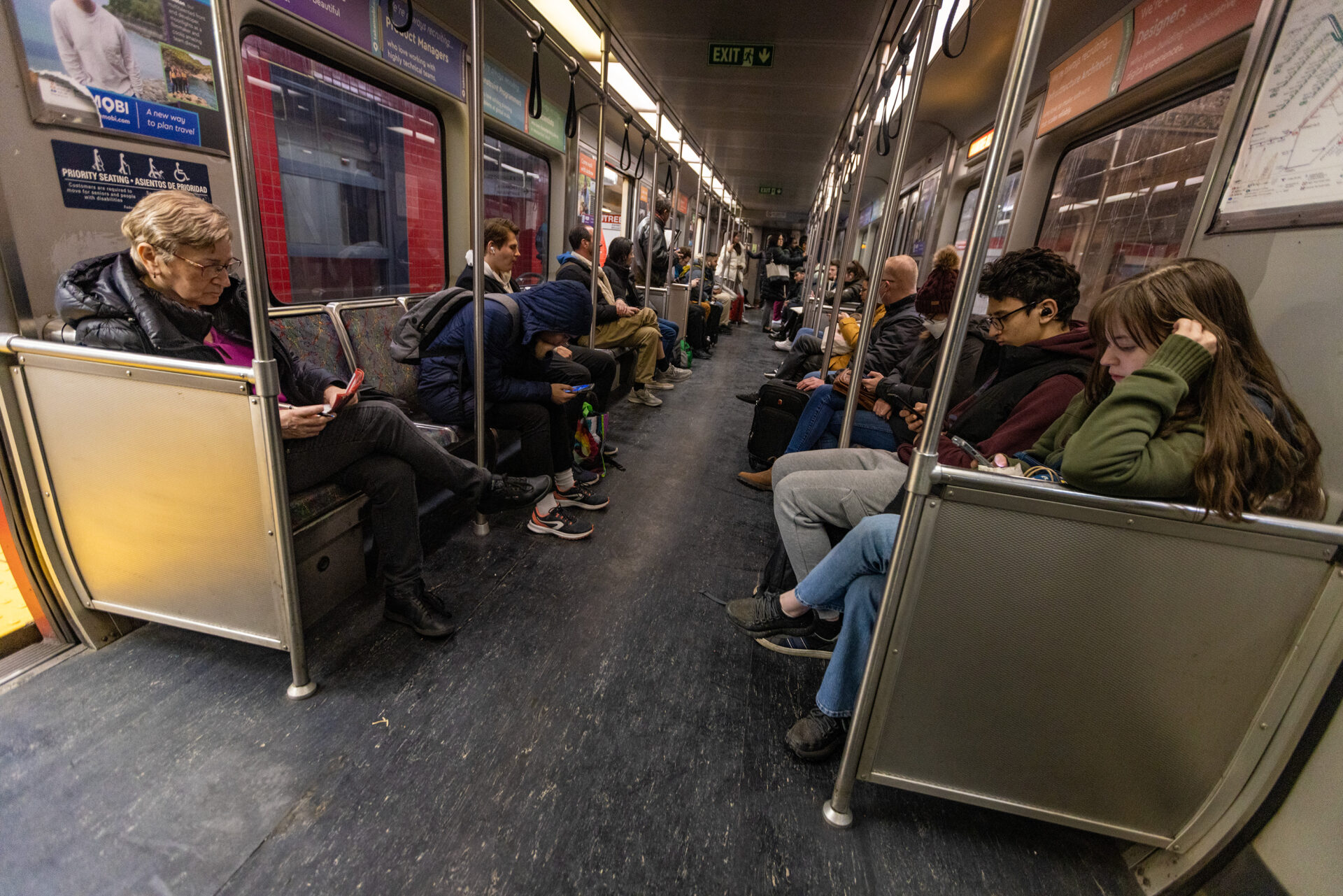
At the Downtown Crossing Red Line platform on a recent Thursday afternoon, a message board indicated that the next Braintree-bound train would arrive in seven minutes. The next train for Ashmont wasn’t expected for another 20 minutes.
It's “a little aggravating,” commented Eric Markland, a Milton resident who was among dozens of people waiting on the platform.
Markland said he has been leaving for work about a half hour earlier than usual since the T imposed speed restrictions across the system.
“It’s less time working and more time just kind of going in between [work and home],” Markland said.
Despite leaving his home earlier, Markland said he has been 10-15 minutes late for several meetings over the past few weeks. His employer is understanding “for the most part,” because the company is aware that the speed restrictions are causing delays for T riders, he said.
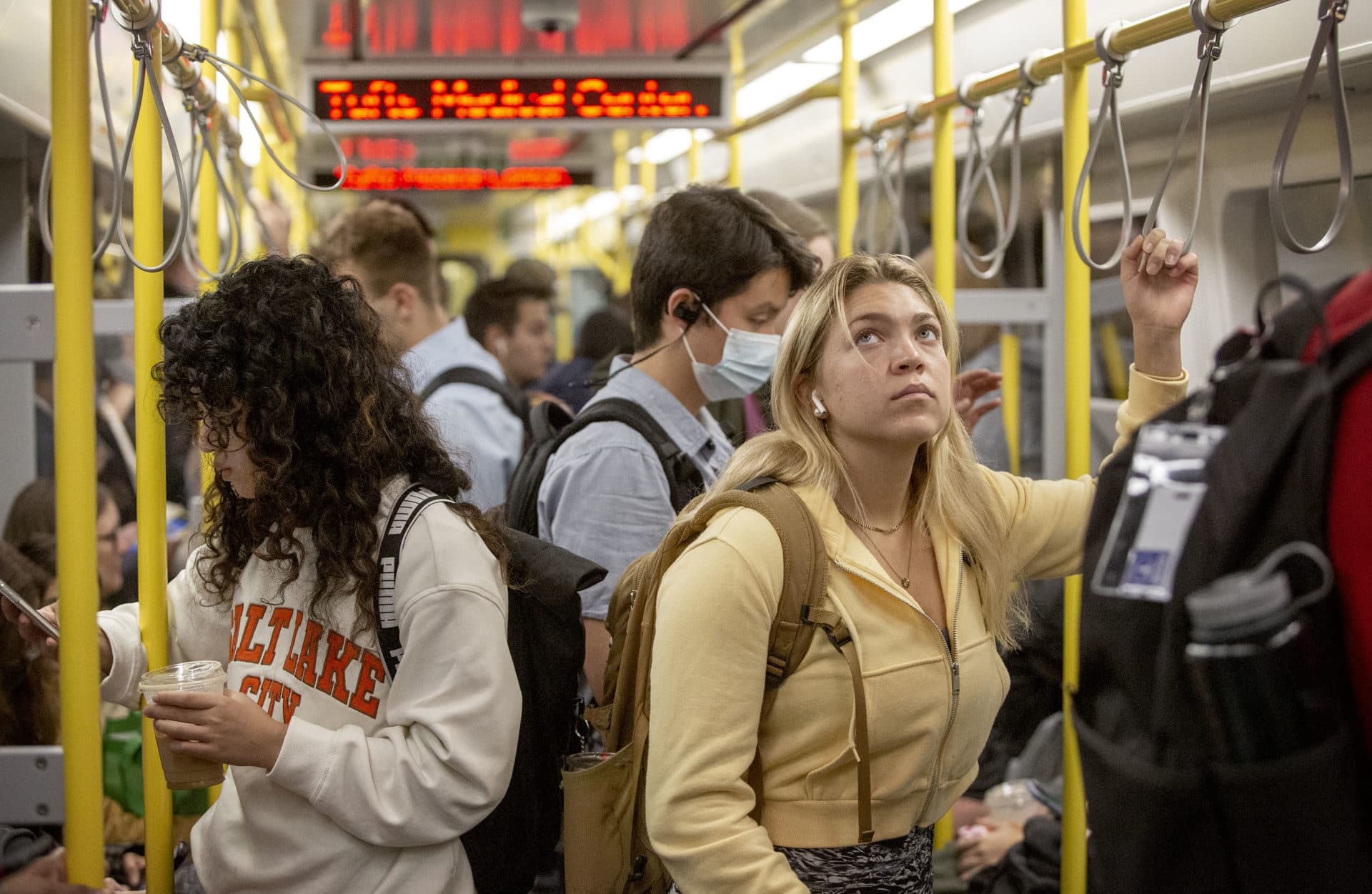
MBTA subway trains can travel up to 40 miles per hour, but in the slow zones, their speed is restricted to 10-20 miles per hour. The T has recommended that riders plan for longer travel times.
Passengers like Vinsterly Fertil, a 19-year-old student, are adapting to the delays as best they can.
“I feel like I have to run more,” said Fertil, who relies on the Orange Line to get to class, “because, like, the bus I take is the 104 to get to Malden station, which is often late also.”
Fertil said she’s padding her travel time by an hour to make it to class on time.
This week, Gov. Maura Healey announced her pick for a new T general manager, Phillip Eng, the former head of the Long Island Railroad. He will have to contend with the growing frustrations of a shrinking customer base when he takes the reins next month.
The T’s interim general manager, Jeff Gonneville, acknowledged the inconvenience the slow zones are causing during a meeting of the T’s board of directors last week.
“This is something that [we] obviously fully recognize, our customers' frustration,” Gonneville said. “But the safety of the system is our highest priority, and right now we are taking a very conservative approach with this to ensure that safety.”
Gonneville said the slow zones will be lifted as track defects are repaired.
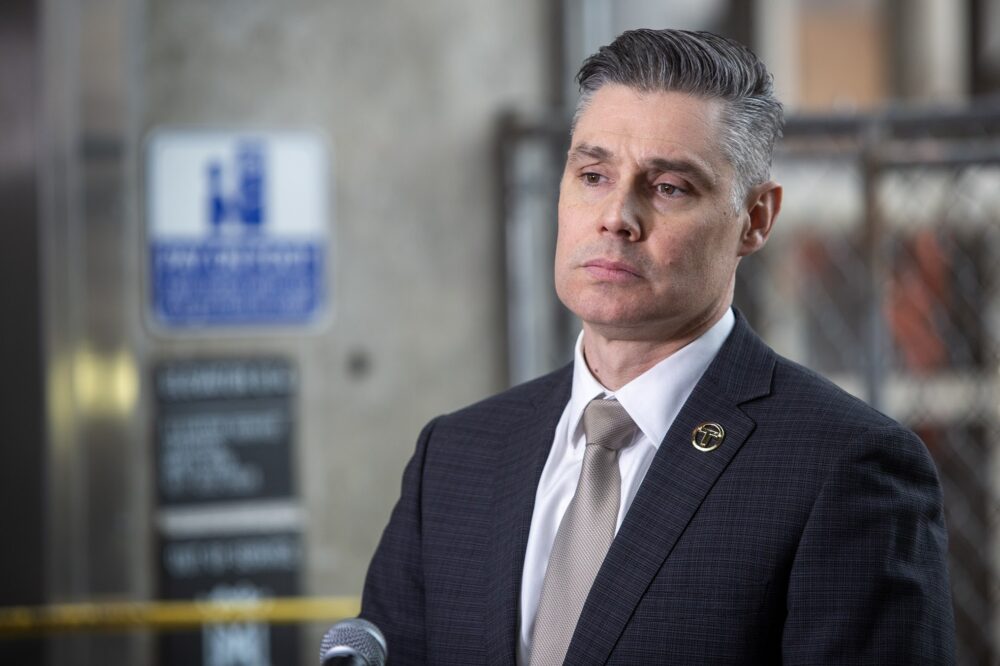
While he understands the need to fix the T, Hyde Park resident Max Thiffault said he has been contending with poor service even before the recent slowdowns. He’s noticed that the MBTA has become more unreliable over time.
“Waiting for a long time before you take the train, especially when you go to work, it’s not fair,” Thiffault said.
TransitMatters, a Boston-based transit advocacy group, tracks travel times on the T, and the organization's data confirms that service has gotten slower in recent years.
Seth Kaplan, a software engineer at TransitMatters, said the new slow zones only make it harder for passengers who were already finding it difficult to predict commute times with accuracy.
“The MBTA does publish their schedule, and you can, in theory, look,” Kaplan said, but the system rarely meets those schedules. “The MBTA doesn't hit that, and it hasn't for a while.”
What's more, Kaplan said, timing for the same trip can vary wildly from one day to the next. Problems like disabled cars, technical issues, weather and medical emergencies can all cause delays — on top of any slow zones due to construction or track defects.
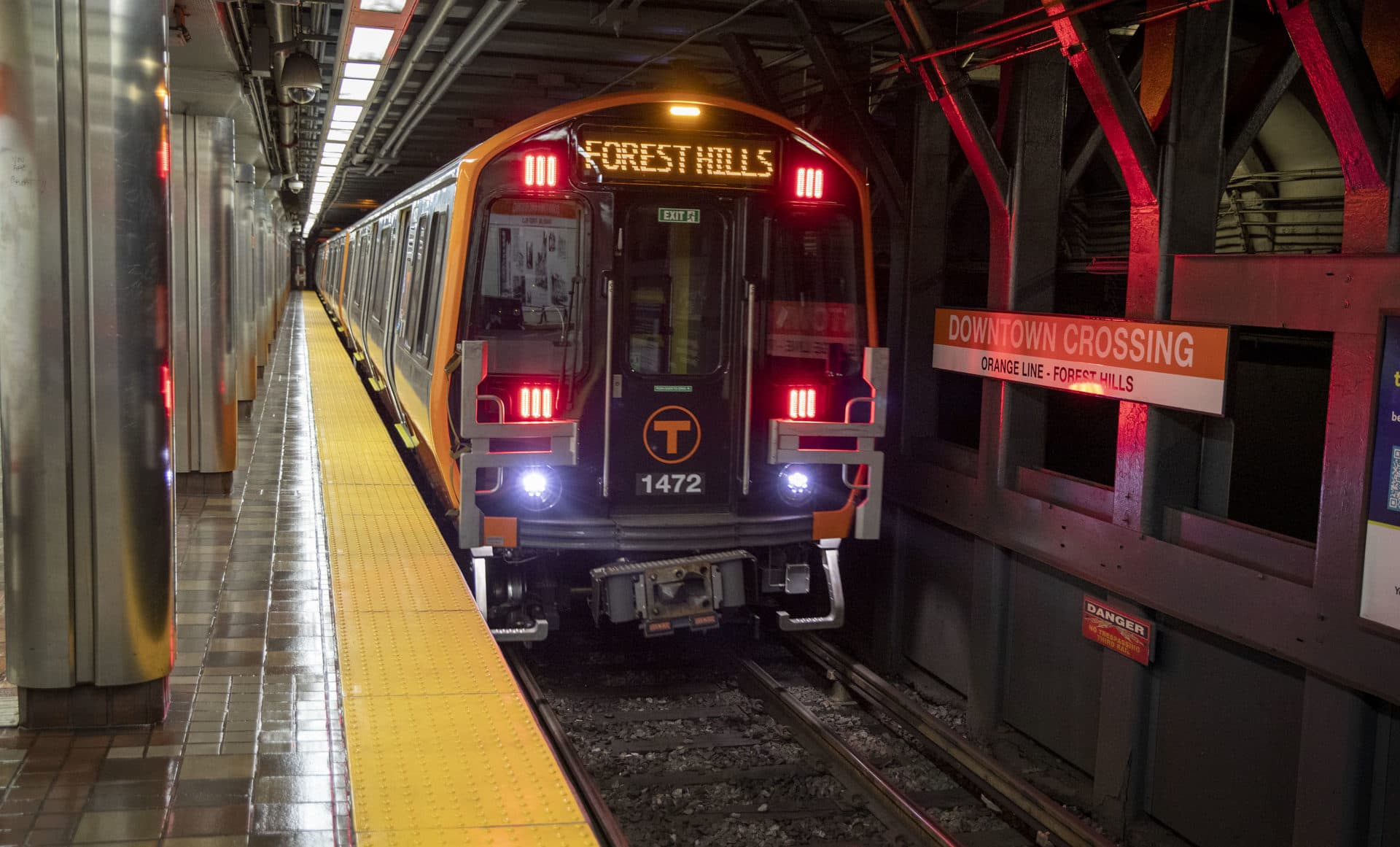
On a Friday evening at the Orange Line platform at Downtown Crossing, Sean Walsh of Malden sat slumped on a bench, resting his back against the wall.
He said it can take more than an hour to travel the six miles between his job and his home, and he finds it impossible to know how long his commute will take on any given day.
The T has not said when it will lift the slow zones, but the transit system has provided rider’s with a guide for getting around while the speed restrictions are in place. The guide is available in multiple languages on the MBTA’s website. And the transit agency recently launched an online dashboard that shows where slow zones are located across the system.
All of that comes as little comfort to Walsh.
“My experience with the T is it's kind of pointless to go by anything they put online or an app, or even in the station,” he said. “It's show up and hope for the best.”
Walsh said he’s done waiting for the T to become more reliable. He recently bought a car.
“I didn't want to do it because [of] the environment, the cost, traffic," Walsh said. "But like, relying on the T when you actually need to be [some] place, it's just not worth it anymore."
This segment aired on March 31, 2023.
